
Discover the Historic Charm of Porta Manin
Explore the historic Porta Manin in Udine, a stunning gateway that embodies the city's rich heritage and vibrant culture.
Porta Manin is a striking historical gate in Udine, Italy, representing the gateway to the city's rich past. With its impressive architecture and vibrant surroundings, it's a must-visit for tourists seeking to immerse themselves in Udine's history and culture.
A brief summary to Porta Manin
- Via Daniele Manin, Udine, Province of Udine, 33100, IT
- Visit website
Local tips
- Visit during the early morning or late afternoon for the best lighting for photography.
- Take a guided walking tour to fully appreciate the history and stories behind Porta Manin.
- Enjoy a gelato at a nearby café after your visit to experience local flavors.
Getting There
-
Bus
From the center of Nova Gorica, head to the Nova Gorica bus station (Avtobusna postaja Nova Gorica). Take Bus number 12 towards 'Gorizia'. The bus will take you across the border into Italy, arriving at the Gorizia train station. From Gorizia, transfer to Bus number 6 towards 'Udine'. This bus will take you directly to the city of Udine. Get off at the stop 'Piazza Libertà'. From there, walk towards Via Daniele Manin, and you will reach Porta Manin.
-
Train
Make your way to the Nova Gorica train station (Železniška postaja Nova Gorica). Take a train towards 'Trieste' and get off at the 'Udine' station. Once you arrive at Udine, exit the train station and head towards the bus terminal, which is adjacent to the train station. From there, take Bus number 3 towards 'Cividale'. Get off at the 'Piazza Libertà' stop, and walk to Porta Manin located on Via Daniele Manin.
-
Walking
If you are in the vicinity of the city center of Nova Gorica, you can take a scenic walk to the border. Head towards the Solkan Bridge (Solkanski Most) and cross the bridge to enter Italy. Once you cross into Italy, follow signs to Gorizia. From Gorizia, continue walking towards Udine, which is approximately 30 minutes away on foot. Follow Via XX Settembre to reach the center of Udine, where Porta Manin is located on Via Daniele Manin.
Discover more about Porta Manin
Iconic landmarks you can’t miss
Friuli Doc
0.3 km
Immerse yourself in the Friuli Doc Festival in Udine, celebrating local flavors, culture, and community spirit in a vibrant, festive atmosphere.

Piazza I Maggio, 24
0.3 km
Experience the vibrant culture and architectural beauty of Udine at Piazza I Maggio, the city’s bustling heart and social hub.
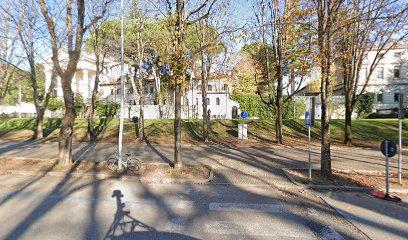
Ente Friuli Nel Mondo
0.6 km
Explore the cultural richness of Friuli at Ente Friuli Nel Mondo in Udine, a center dedicated to the traditions, art, and history of the region.
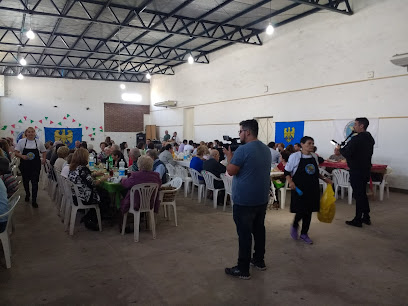
MONUMENTI STORICI DEL FRIULI
0.8 km
Discover the Historical Monuments of Friuli, a captivating journey through Italy's rich heritage and architectural treasures in the heart of Udine.
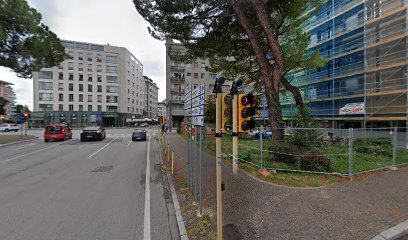
Stadio Friuli
3.5 km
Experience the excitement of Italian football and vibrant events at Stadio Friuli, a modern stadium in the heart of Udine, Italy.
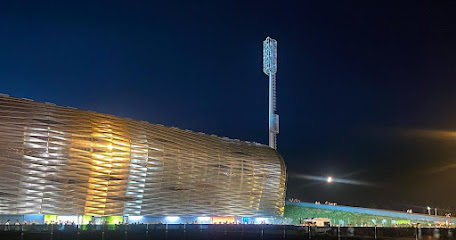
Explore Friuli - guida turistica
10.7 km
Experience the charm of Friuli, Italy with tailored tours, expert guides, and unforgettable adventures in a stunning region rich in culture and beauty.
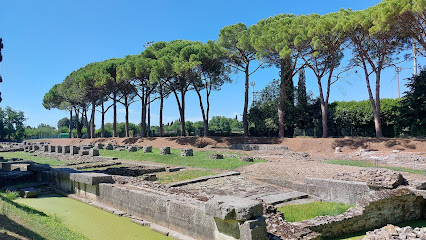
Villa Gallici Deciani - Dimora Storica
13.6 km
Discover the elegance and history of Villa Gallici Deciani, a captivating tourist attraction in Cassacco, Italy, set amidst breathtaking landscapes.
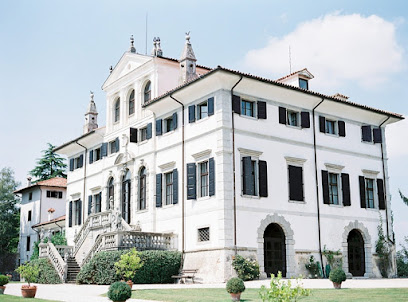
Al Monastero
15.2 km
Experience the essence of Northern Italian cuisine at Al Monastero in Cividale del Friuli, where every dish tells a story of tradition and flavor.
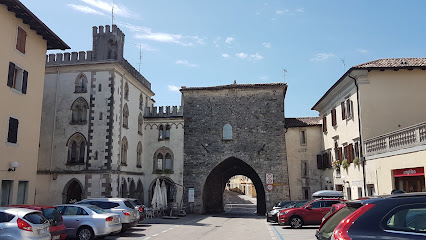
Piazza Paolo Diacono
15.3 km
Discover the enchanting Piazza Paolo Diacono in Cividale del Friuli, where history, culture, and local flavors come together in a picturesque Italian square.

Piazza Paolo Diacono, 1
15.3 km
Explore the rich history and stunning architecture of Cividale del Friuli, a charming Italian town filled with cultural treasures and natural beauty.
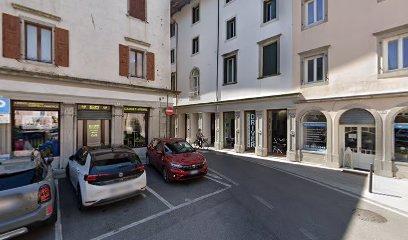
Lombard Temple of Santa Maria in Valle.
15.3 km
Discover the Lombard Temple of Santa Maria in Valle, a stunning 8th-century architectural marvel in Cividale del Friuli, rich in history and beauty.
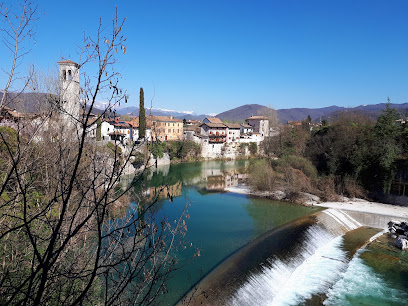
Crosis waterfall
19.3 km
Discover the enchanting beauty of Crosis Waterfall, a stunning nature preserve in Italy's Province of Udine, perfect for nature lovers and photographers.
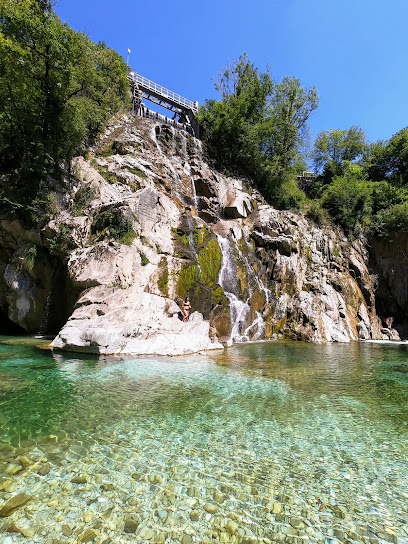
Ara Pacis Mundi
21.7 km
Explore the stunning Ara Pacis Mundi in Medea, a monument dedicated to peace, surrounded by captivating landscapes and rich history.
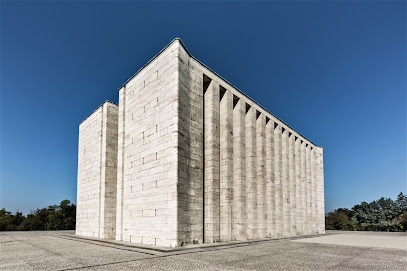
Acquario di Ariis
24.6 km
Explore the enchanting Acquario di Ariis, where aquatic wonders come to life in a captivating and educational setting in Friuli Venezia Giulia.
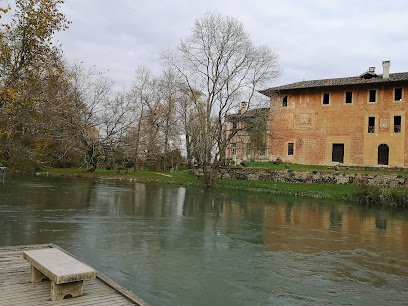
Forte di Osoppo/Fuart di Osôf
25.2 km
Explore the majestic Forte di Osoppo, a historic fortress in the Province of Udine, blending rich history with breathtaking natural beauty.

Unmissable attractions to see
Museo Diocesano e Gallerie del Tiepolo
0.1 km
Discover the artistic legacy of Giambattista Tiepolo and sacred art at Museo Diocesano e Gallerie del Tiepolo in Udine, Italy.
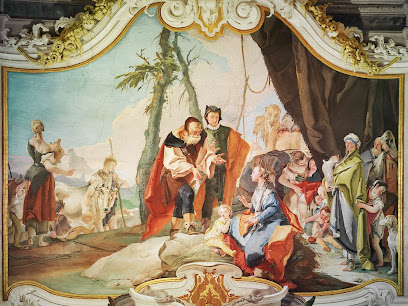
Archdiocese Of Udine
0.1 km
Discover the rich history and architectural splendor of the Archdiocese of Udine, a highlight of Italy's Catholic heritage.
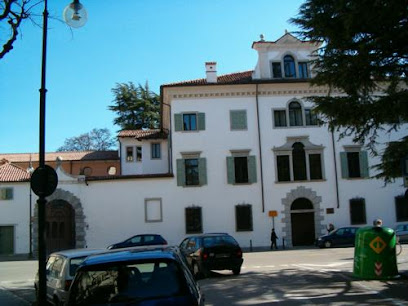
Casa Della Confraternita
0.1 km
Discover the rich cultural heritage of Udine at Casa Della Confraternita, a historical landmark showcasing the beauty of Italian architecture and local traditions.

Civic Museums of Udine
0.2 km
Explore the Civic Museums of Udine, a captivating blend of art, history, and culture in the heart of Friuli-Venezia Giulia.
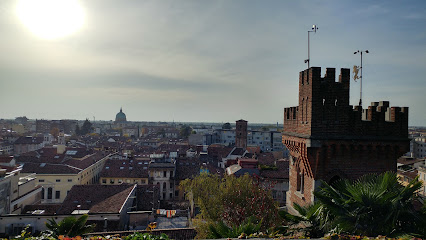
Udine Castle
0.2 km
Discover the enchanting Udine Castle, a historical gem that offers stunning views and rich cultural insights in the heart of Friuli.

Loggia e Tempietto di San Giovanni
0.2 km
Explore the historical beauty of the Loggia e Tempietto di San Giovanni, a must-visit landmark in the heart of Udine, Italy.
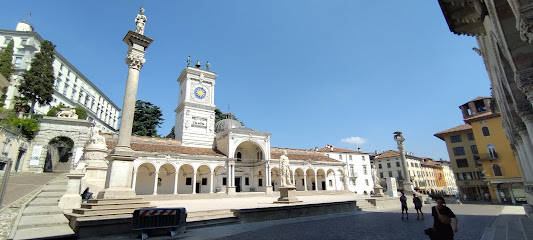
Arco Bollani
0.2 km
Discover Arco Bollani, a stunning historical arch in Udine, Italy, embodying the city's rich architectural heritage and inviting exploration.
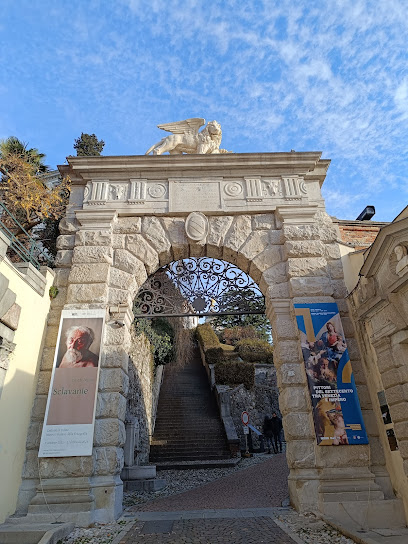
Piazza I Maggio
0.2 km
Explore Piazza I Maggio in Udine, where rich history meets vibrant Italian culture in a picturesque square filled with cafes and local artisans.
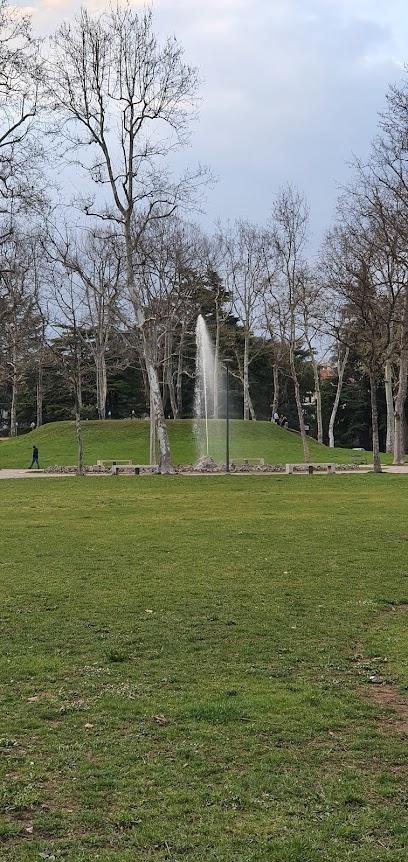
Udine Cathedral
0.2 km
Explore the stunning Udine Cathedral, a masterpiece of Gothic architecture and a centerpiece of Udine's rich cultural heritage, offering breathtaking views and serene beauty.

Cattedrale di Udine
0.2 km
Explore the stunning Cattedrale di Udine, a historic masterpiece blending cultures and architectural styles in the heart of Italy.

Oratory of Purità
0.2 km
Explore the serene Oratory of Purità in Udine, a captivating Catholic church combining beauty, history, and tranquility in the heart of Italy.

Zardin Grant
0.2 km
Explore Zardin Grant in Udine, a lush garden sanctuary offering tranquility, vibrant flowers, and cultural events in a serene outdoor setting.
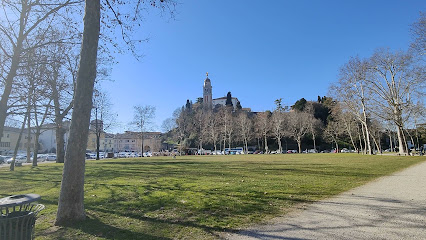
Loggia del Lionello
0.2 km
Discover the architectural beauty and rich history of Loggia del Lionello, an iconic landmark in Udine's vibrant Piazza della Libertà.

Piazza della Libertà
0.2 km
Discover the charm of Piazza della Libertà, the vibrant heart of Udine, where history, culture, and local cuisine come together.
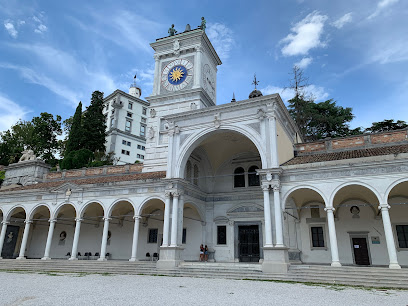
Valvason Morpurgo Palace
0.3 km
Explore the Valvason Morpurgo Palace in Udine, a stunning museum showcasing exquisite art and rich cultural heritage.
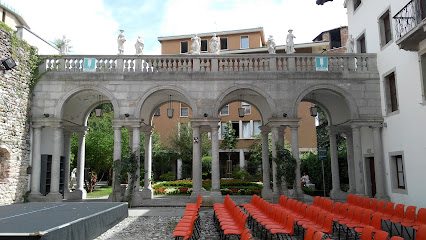
Essential places to dine
Hostaria Alla Tavernetta
0.3 km
Experience authentic Italian cuisine at Hostaria Alla Tavernetta in Udine, where every dish tells a story and every meal is a celebration.
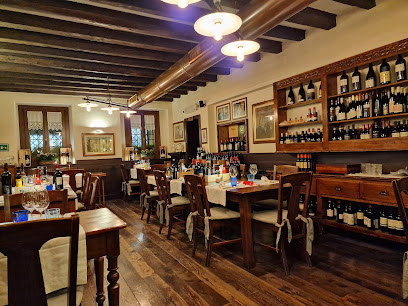
Vitello d'Oro
0.4 km
Discover Vitello d'Oro in Udine for exquisite Italian seafood cuisine that combines tradition with modern flair.
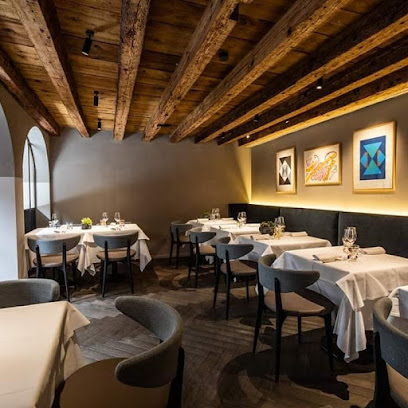
Trattoria Alla Vedova
2.6 km
Discover authentic Italian cuisine at Trattoria Alla Vedova in Udine - where tradition meets flavor.
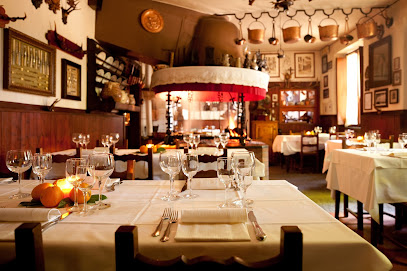
Good Il Ristorantino
3.6 km
Experience authentic Italian cuisine at Good Il Ristorantino in Udine - where every meal is a delightful journey through Italy's rich flavors.
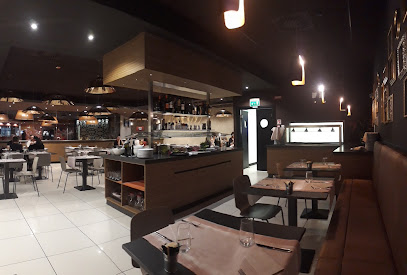
Ristorante Al Zuc
9.3 km
Discover authentic Italian flavors at Ristorante Al Zuc in Pagnacco – where every meal is a celebration of culinary excellence.
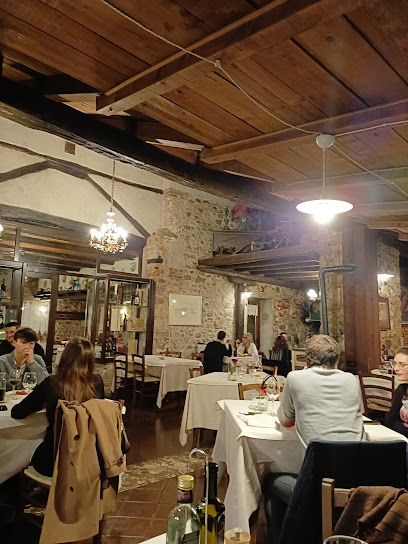
Ristorante San Michele
12.9 km
Experience authentic Italian cuisine at Ristorante San Michele in Fagagna - where every meal is a celebration of flavor.
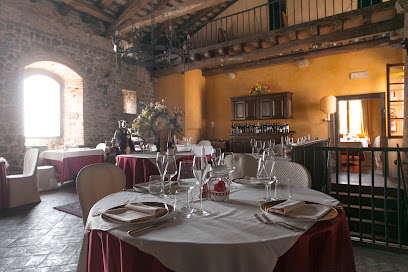
Ristorante Al Castello
14.9 km
Experience authentic Italian cuisine at Ristorante Al Castello in Cividale del Friuli – a delightful escape into Italy's culinary traditions.
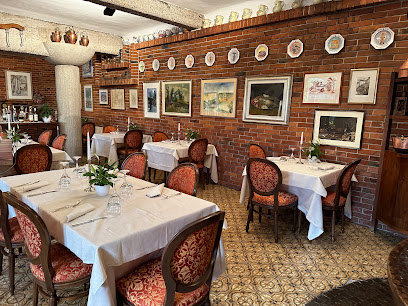
Alla Frasca ( Ristorante)
15.2 km
Discover authentic Italian flavors at Alla Frasca in Cividale del Friuli, specializing in exquisite seafood dishes amidst charming surroundings.
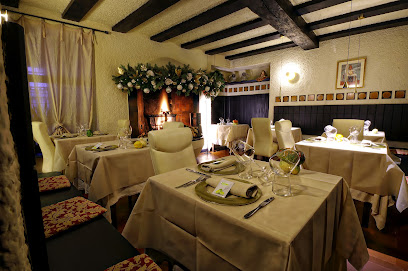
Tre Colonne - osteria con cucina
15.2 km
Discover authentic Italian cuisine at Tre Colonne, a must-visit osteria in the heart of Cividale del Friuli, where tradition meets flavor.
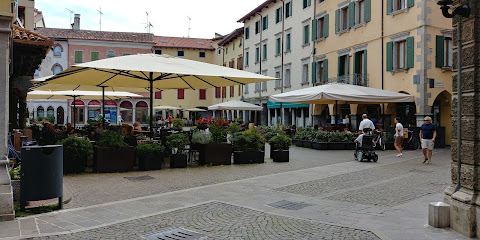
Antica Trattoria Ai 3 Re
15.3 km
Discover authentic Italian flavors at Antica Trattoria Ai 3 Re in Cividale del Friuli - where every dish tells a story.
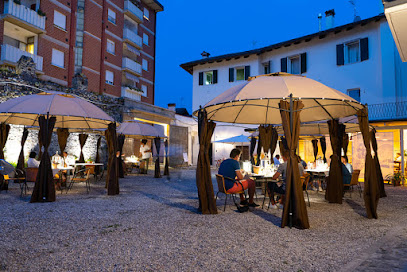
Solder Agriturismo
17.5 km
Discover authentic Italian cuisine at Solder Agriturismo in Corno di Rosazzo – a perfect blend of local flavors and stunning landscapes.

Burdidi er Landa
17.8 km
Experience authentic Italian flavors at Burdidi er Landa in Magnano in Riviera—where every meal is a celebration of tradition.

Trattoria Al Postiglione
18.1 km
Experience authentic Italian dining at Trattoria Al Postiglione in Corno di Rosazzo, where exquisite flavors meet a charming atmosphere.
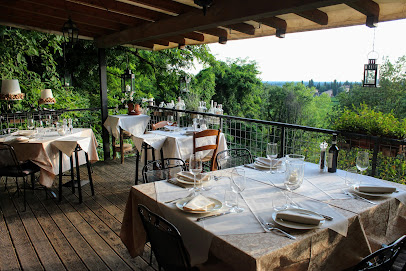
L'Argine a Vencò
18.7 km
Discover culinary artistry at L'Argine a Vencò, where local ingredients meet innovative cuisine in an unforgettable fine dining experience.
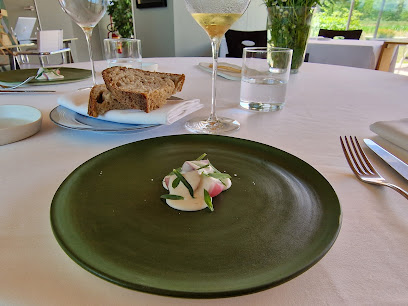
L'Osteria del Borgo
19.5 km
Experience authentic Italian cuisine at L'Osteria del Borgo in San Daniele del Friuli—where every meal tells a story.
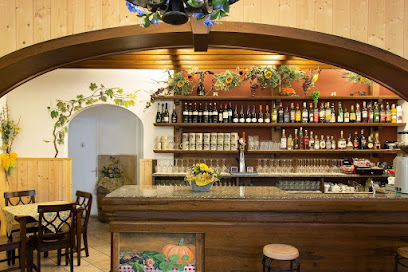
Markets, malls and hidden boutiques
Zagolin
0.2 km
Discover the unique fashion offerings at Zagolin in Udine, where style meets sustainability in a charming boutique atmosphere.
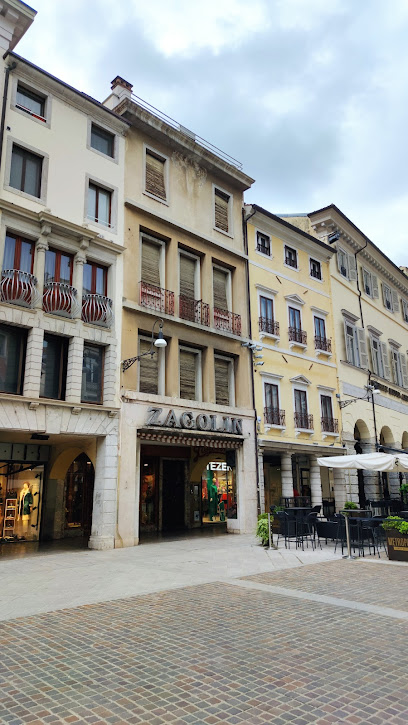
Falconeri
0.4 km
Explore timeless elegance at Falconeri, a premier clothing store in Udine specializing in luxurious apparel for both men and women.

Galleria Bardelli
0.4 km
Discover the vibrant Galleria Bardelli in Udine, Italy, where shopping, dining, and entertainment meet in a modern and welcoming atmosphere.
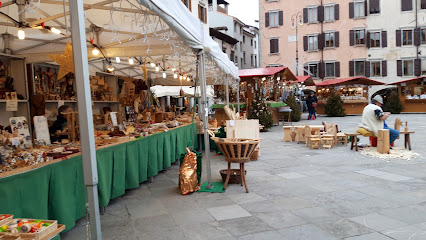
Robe di Casa S.r.l
0.4 km
Discover unique leather goods and artisanal gifts at Robe di Casa, the heart of Udine's shopping experience.
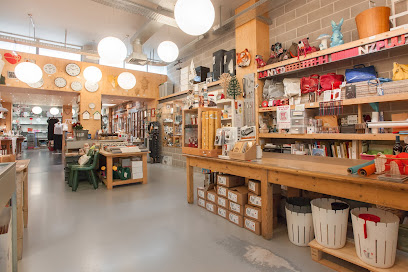
Martina Bomboniere di Zanutto Martina
0.9 km
Explore the delightful world of confections and unique gifts at Martina Bomboniere in Udine, your sweet escape in Italy.

Parco Commerciale "Centro Studi"
1.5 km
Explore the bustling Parco Commerciale 'Centro Studi' in Udine, a shopping haven with diverse stores, dining options, and entertainment for all ages.
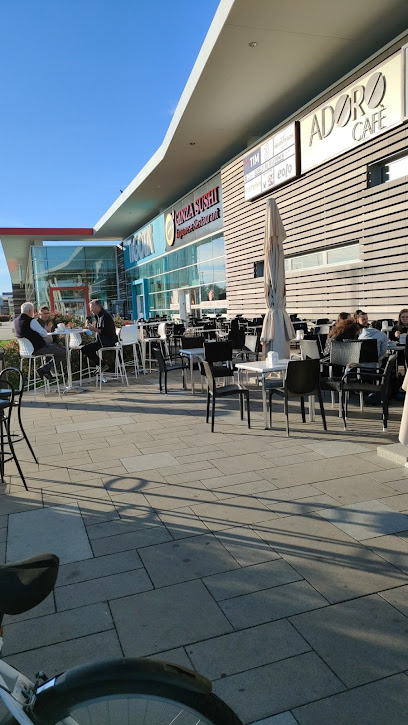
Centro Commerciale Terminal Nord
3.3 km
Discover a shopping paradise at Centro Commerciale Terminal Nord in Udine, where fashion, food, and fun come together in a modern setting.

LA CORT STORE
4.8 km
Discover the charm of La Cort Store in Udine - a haven for handcrafted goods and authentic Italian cosmetics.

Città Fiera
5.2 km
Discover an expansive shopping paradise at Città Fiera in Martignacco, where retail therapy meets delightful dining and entertainment.
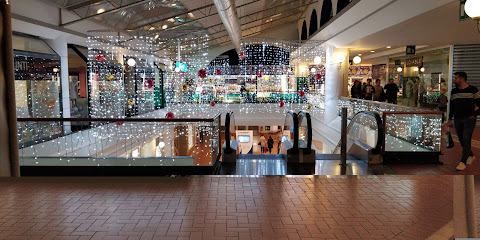
Centro Commerciale Friuli
6.3 km
Explore a shopper's delight at Centro Commerciale Friuli, where vibrant stores and delightful dining await in Tavagnacco.

Arteni Tavagnacco
7.2 km
Explore Arteni Tavagnacco for the finest selection of renowned clothing brands in the heart of Udine Province, Italy.
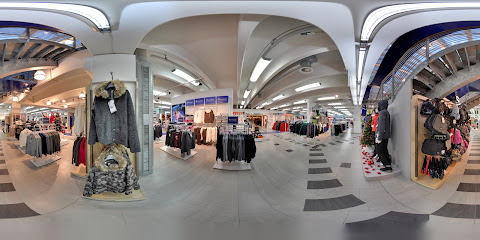
Pittarello
9.0 km
Explore Pittarello, where quality footwear meets stylish designs in Reana del Rojale, Italy. A must-visit for every shoe lover!

Centro Commerciale Arcobaleno Srl
10.8 km
Explore shopping, dining, and entertainment at Centro Commerciale Arcobaleno, your go-to shopping mall in Basiliano, Italy.
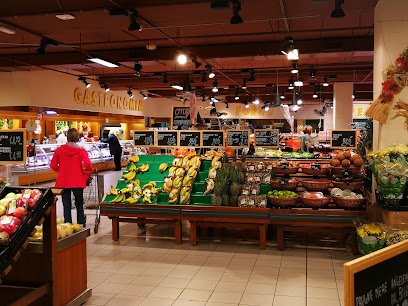
Julia Center
13.3 km
Visit Julia Center in Cassacco for a unique shopping experience with diverse stores and delightful dining options in a vibrant atmosphere.
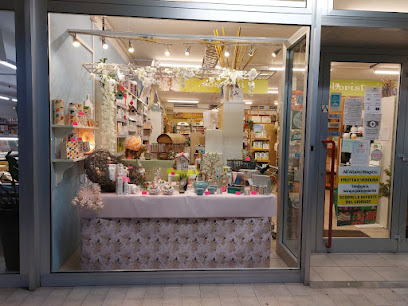
Borc di Cividat
14.9 km
Explore Borc di Cividat in Cividale del Friuli for an unforgettable shopping experience with dining and entertainment options.

Essential bars & hidden hideouts
De Room | Cocktail Bar Udine
0.1 km
Experience the vibrant cocktail culture at De Room in Udine, where every drink tells a story and every visit is a celebration!

BarLume Udine
0.3 km
Discover the vibrant nightlife at BarLume Udine, where every cocktail tells a story in a chic and inviting atmosphere.

Italian Secret
0.4 km
Discover authentic Italian cuisine at Italian Secret in Udine, where delightful flavors and a vibrant atmosphere await every visitor.
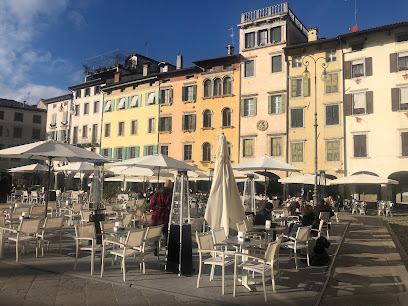
Enoteca Osteria Ai Barnabiti
0.6 km
Explore the authentic flavors of Friulian cuisine at Enoteca Osteria Ai Barnabiti – a perfect blend of local dishes and exquisite wines in Udine.
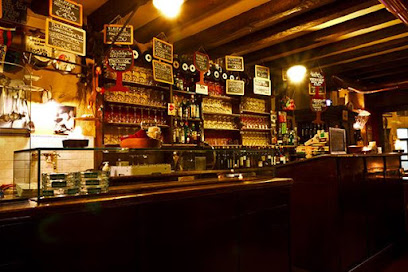
Gran Caffè Friuli
0.8 km
Discover the authentic flavors of Italy at Gran Caffè Friuli, where exquisite coffee and local wines create a perfect blend of culture and taste.
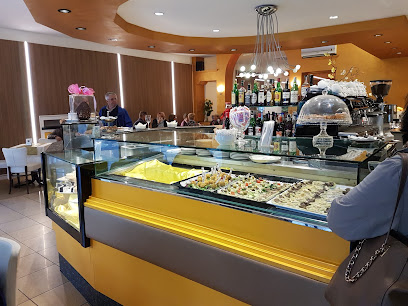
Liberty 1894
0.9 km
Discover Liberty 1894, Udine's vibrant cocktail bar renowned for its live music, inclusive atmosphere, and creative cocktails that promise unforgettable nights.

Old Pub
0.9 km
Experience the charm of The Old Pub in Udine, where tradition meets modernity in a delightful atmosphere of food and drink.
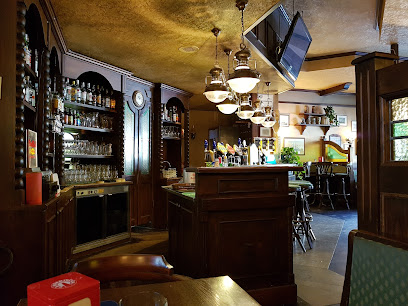
Bar giangio
1.6 km
Discover the charm of Bar Giangio, a cozy wine bar and restaurant in Udine offering an exquisite selection of wines and delicious Italian cuisine.
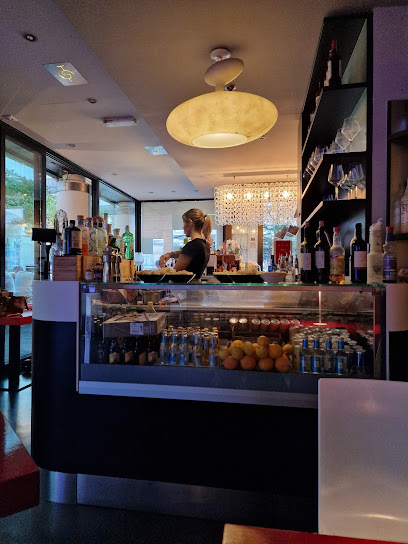
Birago Bar
2.1 km
Discover the essence of Italian bar culture at Birago Bar in Udine, where exceptional drinks and local flavors come together in a cozy atmosphere.
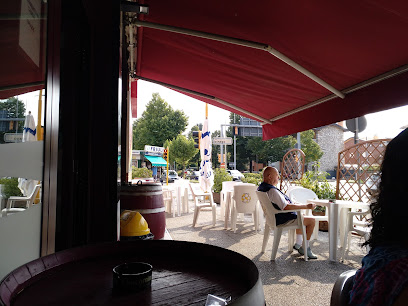
Al Fogolar Visot
13.1 km
Experience the authentic flavors and warm ambiance of Al Fogolar Visot, the charming bar and restaurant in Cassacco, Italy.

Osteria alCollalto
14.8 km
Discover the authentic flavors of Italy at Osteria alCollalto, a charming bar in Tarcento offering traditional cuisine and warm hospitality.
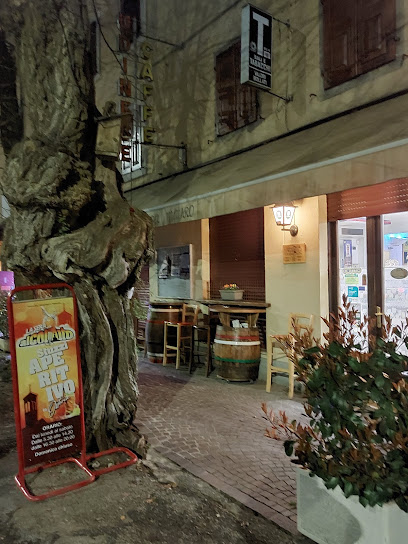
miRicordo Music Bar
15.3 km
Discover the lively atmosphere and local music scene at miRicordo Music Bar in Cassacco, where every night is a celebration of culture and connection.
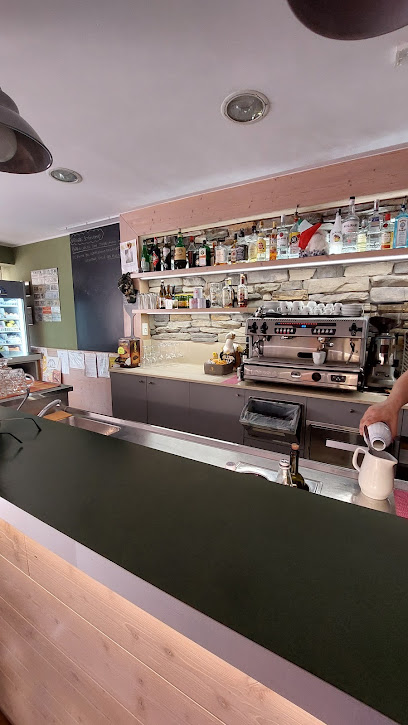
Bar Zanzibar
17.4 km
Discover Bar Zanzibar in Buja, a charming bar and café offering an inviting atmosphere and delightful beverages, perfect for tourists seeking local culture.
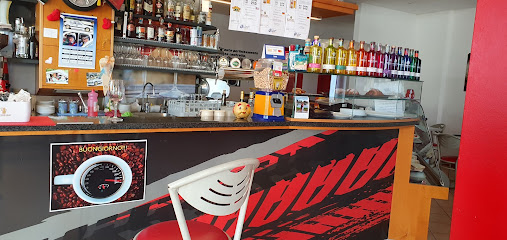
Bar Al Got
18.6 km
Discover the charm of Italian coffee and exquisite local wines at Bar Al Got, a delightful bar in the heart of Majano.
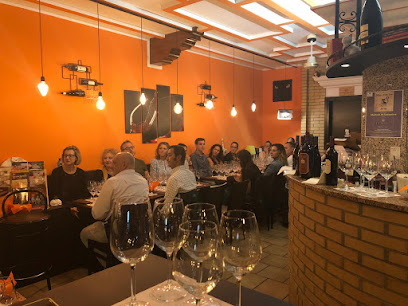
Bar Zebretta Prosciutteria con cucina, pranzo operai
20.1 km
Savor the best of Italy at Bar Zebretta, where authentic prosciutto meets a cozy atmosphere in San Daniele del Friuli.




